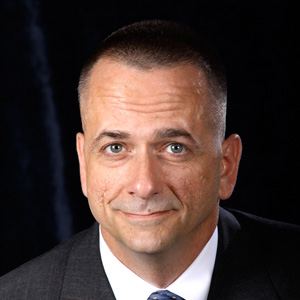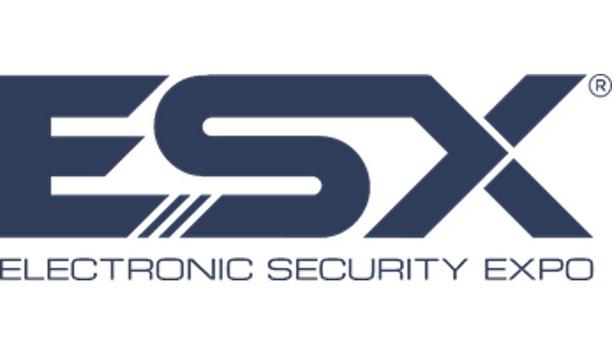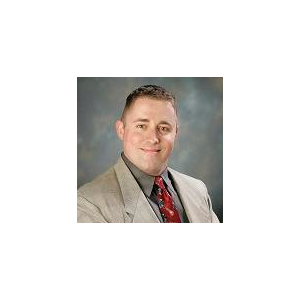David Brent

David Brent
Technical Information Engineer, Bosch Security Systems North AmericaDavid Brent is a Technical Trainer at Bosch Security Systems, Inc. David has worked in the security industry for 17 years and has over 21 years of networking experience. He holds a degree in networking, as well as a number of IT and networking certifications, and is skilled in computer forensic and digital investigation. David is a 9½ year veteran of the United States Marine Corps and holds a Bachelor of Science in Computer Forensics and Digital Investigations.
Articles by David Brent
48% of U.S. judges say they are not adequately prepared to deal with the range of “scientific or technical evidence” presented in court Over the last decade, the video s...
News mentions
The Electronic Security Expo (ESX) Virtual Experience, presented by the Electronic Security Association (ESA), will be held on June 15-17, featuring notable keynotes, industry experts, and 24 ses...
PSA the systems integrator consortium, announces it will host an education track with sessions during ISC West in Las Vegas, NV on April 9-11, 2019. The PSA education track will be held exclusively o...



































